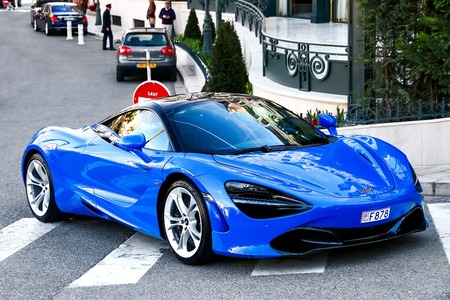
Considering paint protection film (PPF) for your car but unsure if it’s the right choice? Let’s examine the pros and cons to help you make an informed decision.
Pros of PPF:
Superior Protection:
PPF offers unmatched protection against a wide range of hazards, including scratches, chips, and stains. Its robust barrier effectively shields your car’s paintwork from damage, preserving its pristine appearance for years to come. Whether you’re navigating city streets or exploring rugged terrain, PPF provides peace of mind knowing that your vehicle’s exterior is safeguarded against the rigours of daily driving.
Enhanced Resale Value:
Investing in PPF can have a positive impact on the resale value of your vehicle. A well-maintained exterior, free from unsightly blemishes and imperfections, enhances the overall appeal of your car, making it more desirable to potential buyers. When it’s time to sell or trade in your vehicle, having PPF in place can command a higher resale price, maximising your return on investment and offsetting the initial cost of installation.
Ease of Maintenance:
One of the standout benefits of PPF is its ease of maintenance. Unlike traditional wax or sealant coatings that require frequent reapplication and buffing, PPF is easy to clean and maintain. Regular washing with a mild detergent and water is all it takes to keep your car looking its best, saving you time and effort in the long run. With minimal maintenance requirements, PPF allows you to enjoy long-lasting protection without the hassle of intensive upkeep.
Customisable Options:
PPF offers flexibility in terms of coverage options, allowing you to customise the level of protection according to your specific needs and preferences. Whether you’re looking for partial coverage to protect high-impact areas such as the front bumper and hood, or prefer full-body protection for comprehensive defence against damage, PPF can be tailored to suit your requirements and budget. With customisable options available, you can select the coverage that best fits your lifestyle and driving habits, ensuring that your car remains protected in all situations.
Durability:
High-quality PPF is built to withstand the rigours of daily driving, providing long-lasting protection for your car’s exterior. Its durable construction and resilient properties ensure that your vehicle remains shielded against scratches, chips, and other forms of damage, even in challenging environments. Whether you’re facing harsh weather conditions or navigating congested traffic, PPF offers reliable defence against the elements, maintaining the integrity of your car’s paintwork for years to come.
Cons of PPF:
Initial Cost:
While the benefits of PPF are undeniable, it’s important to consider the initial cost of installation. Quality PPF installation can be expensive, especially for full-body coverage or advanced formulations with additional features such as self-healing technology. However, it’s essential to view this cost as a long-term investment in the protection and aesthetics of your vehicle. By safeguarding your car’s exterior against damage, PPF helps preserve its resale value and extend its lifespan, ultimately offering value for money over time.
Installation Challenges:
Achieving a flawless installation of PPF requires skill, expertise, and attention to detail. Improper application may result in issues such as air bubbles, wrinkles, or edge lifting, compromising the effectiveness of the film and detracting from its appearance. To ensure optimal results, it’s essential to choose a reputable installer with experience in PPF application. While the installation process may pose challenges, the benefits of having PPF in place far outweigh the potential drawbacks, providing long-term protection and peace of mind for car owners.
Limited Coverage:
While PPF provides excellent protection for high-impact areas such as the front bumper and hood, it may not cover every inch of your car’s exterior. Certain areas, such as door edges, side mirrors, and roof panels, may be left exposed to potential damage. Additionally, achieving seamless coverage around complex contours and curves can be challenging, resulting in gaps or overlaps in the film. While PPF offers customisable options to suit your needs, it’s important to carefully consider coverage limitations and prioritise areas that are most vulnerable to damage.
Choose a Reputable Installer
Ultimately, the decision to invest in PPF depends on your priorities and budget. Consult with a reputable PPF installer, weigh the pros and cons, and choose the option that best suits your needs and preferences.
